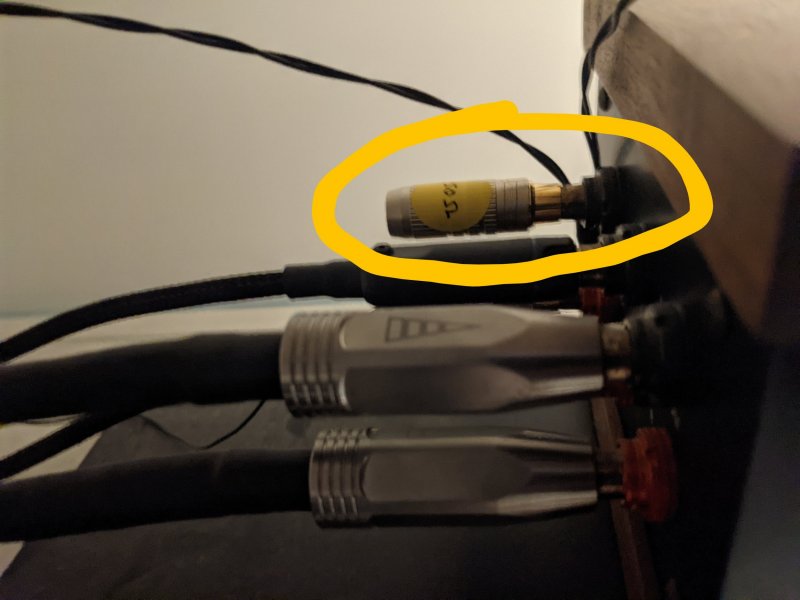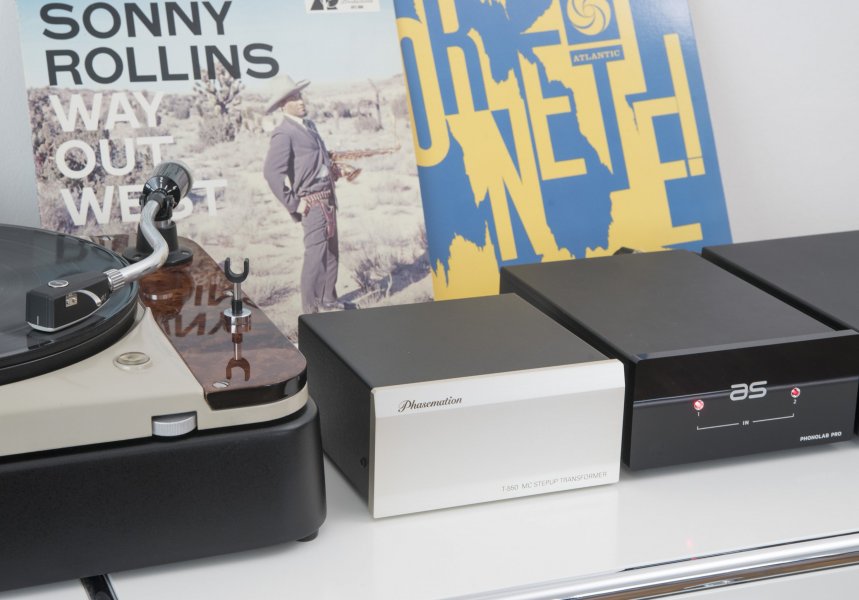I'd like to get some advice how to read/use the impedance on an SUT to match up carts. Some of the SUTs mark the ratio (for example x20) and the db gain (for example +26db in the case of x20 ratio), while some will put an impedance along (1ohm, 3ohm, 40ohm for example, while higher impedance usually represents lower ratio and lower gain).
My question is how to read/match the impedance? For example, I have a low self impedance (1.5ohm for example) but high output cart (0.6mv for example) and I don't need too much additional gain. In this case, it looks that I have to choose 40ohm, which is usually x10 ratio. But should I go for the lower impedance such as 3ohm or so? I might end up getting too much gain (x30 ratio) if I choose low impedance.
Another extended question is how to calculate the actual output when applying a SUT.
For example when I put 1.5ohm cart of 0.6mv output into a x20 SUT. How much actual output I will get? 0.6mvx20=12mv seems to be very high.
Thanks
My question is how to read/match the impedance? For example, I have a low self impedance (1.5ohm for example) but high output cart (0.6mv for example) and I don't need too much additional gain. In this case, it looks that I have to choose 40ohm, which is usually x10 ratio. But should I go for the lower impedance such as 3ohm or so? I might end up getting too much gain (x30 ratio) if I choose low impedance.
Another extended question is how to calculate the actual output when applying a SUT.
For example when I put 1.5ohm cart of 0.6mv output into a x20 SUT. How much actual output I will get? 0.6mvx20=12mv seems to be very high.
Thanks



